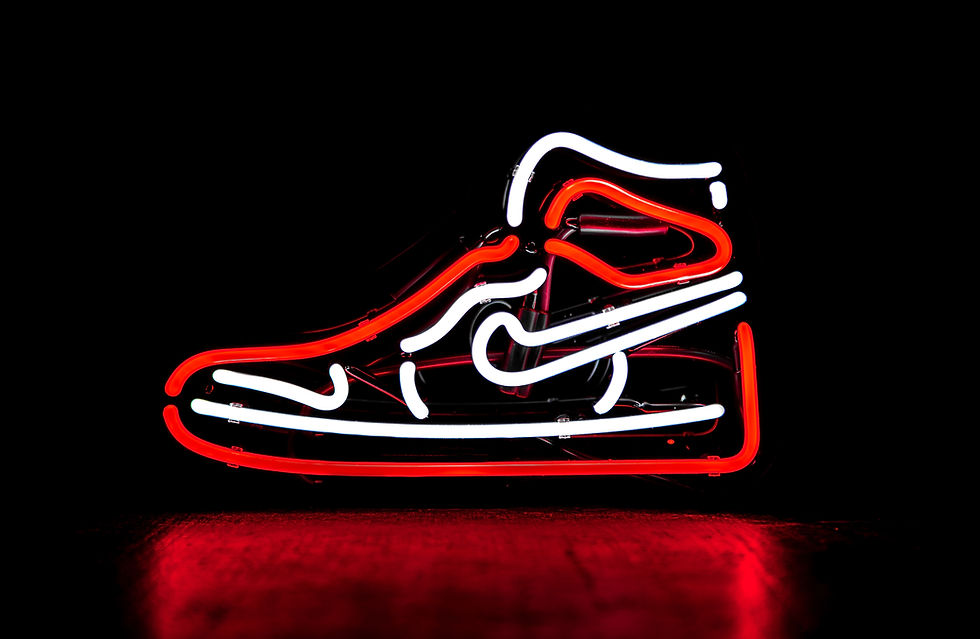When it comes time to change, you must fully understand the mental and behavioral map.
- mentalmaptowellnes
- Apr 25, 2023
- 4 min read
What is a mental map?
Most things can be broken down into a cycle's start and end points in the cyclical nature of things. The principle applies to navigating a road trip, finding a significant other, starting a conversation with a stranger, or building a skyscraper. Think of the mental map as how something is done in a step-by-step process from start to finish. We are passionate about discovering and teaching mental maps. Learning mental maps is the first step to making any change possible since we need to know what steps to take and where to start.

Breaking things down into steps and seeing the entire map
Therefore, to clarify how to create change within or outside of your environment is to understand the entire cycle by breaking the step-by-step process from start to finish. For example, building meaningful relationships can be broken down into 7 steps. Restoring self-confidence can be broken down into 10 steps. Learning emotional mastery can be achieved in 5 steps. Understanding the steps will address the first challenge: seeing that the change one is seeking is possible and knowing where to start. While knowing what to do and the steps to get there is very important, it's only half the battle. The next challenge is building the behavioral map.
What is a behavioral map?
The second map involves taking the steps and owning the activity by doing what needs to be done to move your competency from novice --> intermediate--> master. This is where the helpful two phrases help us conceptualize the behavior map's principle: "Just Do It," calling one to action, and "If you don't use it, you lose it." For example, the brain can trick you into thinking you are competent at something when the truth might not match your assumption. Let's say you were good at playing basketball in college. Are you still good at playing basketball today? The answer depends on whether you kept up with the behavioral map associated with basketball and what level of competency you achieved. This is a common error made by the static mindset. We often assign a false label to ourselves or others. When reality is constantly changing, if you practice basketball daily, your competence will not be the same as a week ago. You will likely be better if you keep at it. The same effect is true if you stop practicing; your skillset will decline with time. The growth mindset knows that action is the only way to attain and maintain mastery. The growth mindset maintains behavior maps through routines, constantly moving, evolving, growing, and learning.

Why do I need both maps
In most cases, you need both maps. Knowing something theoretically and not building the behavioral map wastes your time. You cannot simply think your way into meaningful relationships, resolve a problematic situation, or build a business you are passionate about simply by knowing the steps to take. While at the same time, you can do something and not know how to describe it because you have lost the mental map or never taken the time to break it down. Why is this a problem? Breaking down the mental map provides one the edge to improve the process and outsource specific system(s). For example, to advance to the next level in business, you need to teach any task's mental map before the delegation process can be finalized. I have observed myself and others stuck in one place due to forgetting the mental map of a particular task or holding on to a limiting belief that others cannot do what one can accomplish. If this limiting belief is not updated, the person remains stuck in one place, stunting their growth opportunities. The reality is that things can be broken down into steps and learned by others. Once this process is realized, the door to growth opens up for you.
Here is a challenge
What are the things that you do regularly that can be done better? Are you going to the same 2-3 dating sites hoping for different results? Are you eating the same food and hoping you will be healthier? Are you holding on to a limiting belief that "people have changed and no one is capable of having a meaningful face-to-face conversation any longer like they could back in the day except you and a small handful of people you know?" Once you let go of your way, you become open to learning how to reach better results. Upon letting go of your way, you can start studying the mental and behavioral maps of those who are more advance in the area you are experiencing the greatest level of frustration. Adapting a growth mindset liberates the mind to exponential growth opportunities. Once you become open to alternative opportunities, you will find a way to learn faster and advance to the next level in life by updating both mental and behavioral maps.
How can we help
At mentalmaptowellness we are passionate about teaching mental maps to gain emotional mastery, building self-confidence, building meaningful relationships, healing trauma, overcoming addiction, and using a systemic approach to train others to overcome inattentive symptoms and accomplish meaningful goals. Schedule a free consult today.











Comments